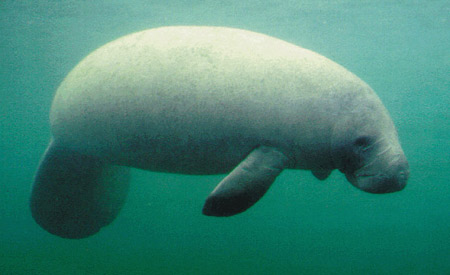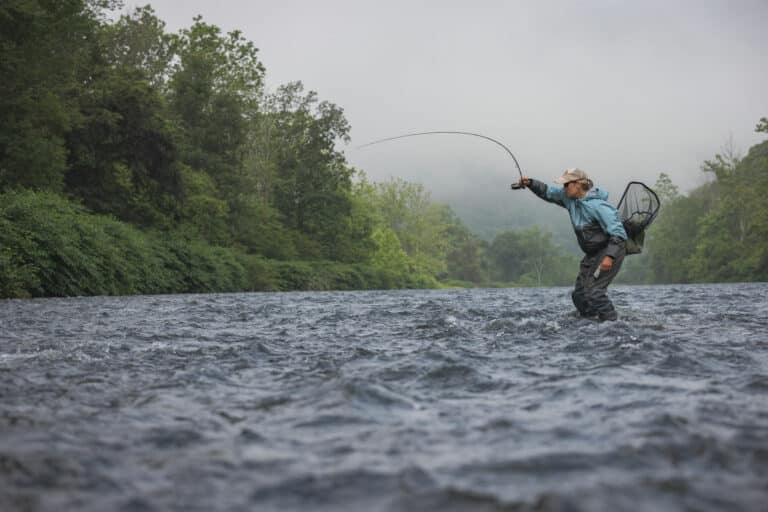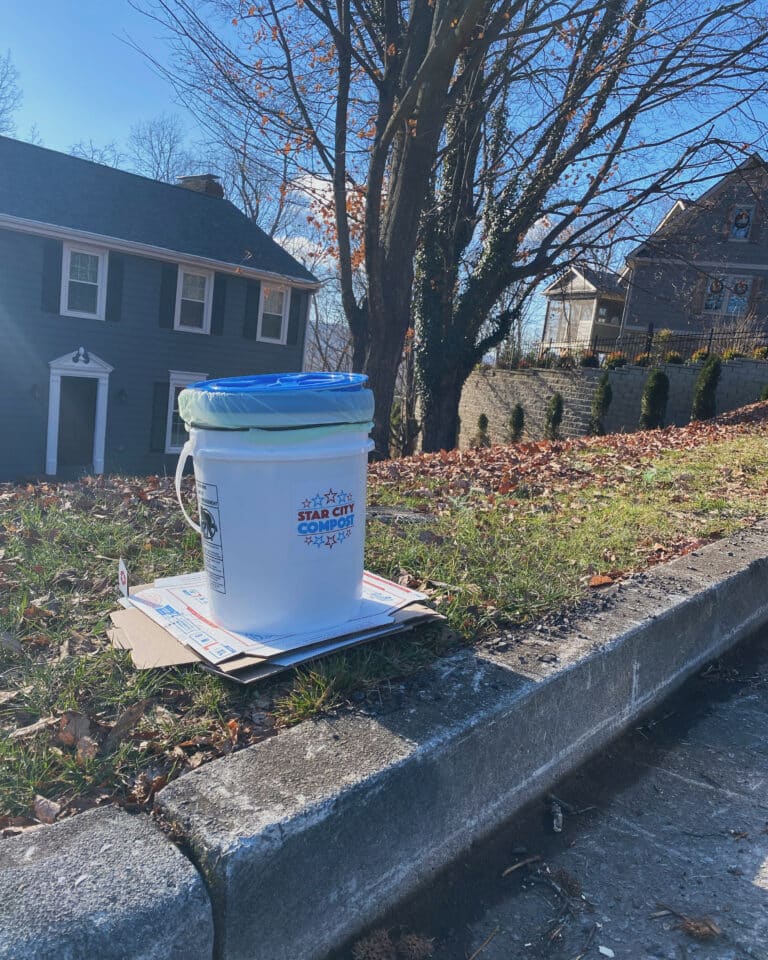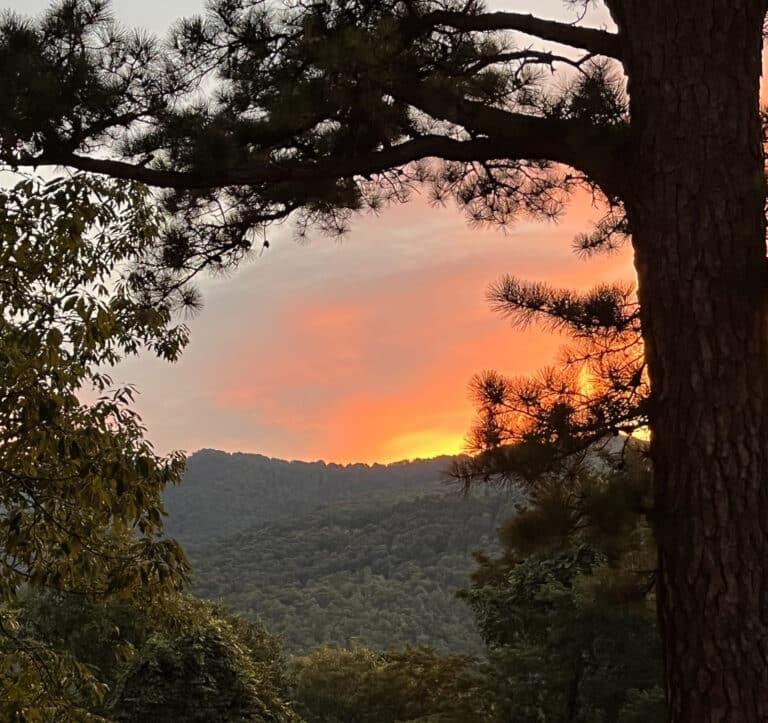Your (kinda) daily outdoor news update for August 14, the day New York City had a black out, but not a rise in crime, in 2003, proving that New Yorkers can act like civilized humans, as long as there is no power:
James River Manatee Make Waves
A couple of critters in the greater James River have made headlines in the past couple of days. First the good, or at least not terrible, news:
A manatee was spotted in the Appomattox River of Virginia over the weekend – the Appomattox is a major tributary of the James. As we all know, the gentle “sea cow” is a native of Florida, but it is not uncommon for the manatee to head north in the summer months when the water in Florida gets too dang hot. Instagrammer Cody Beeler caught the James River manatee on camera and the Virginia Department of Game and Inland Fisheries confirmed that it was, in fact, a sea cow. They dispatched personnel to track it down. Just for reference, manatees have been spotted as far north as Cape Cod, Massachusetts. Manatees are super cute, and majestic, and have been in Florida for 45 million years, which is great, but the best part of this whole story is the guy in the background of the original video who states it’s “like a giant poop.” Which, of course, it is.
In less enjoyably inconsequential James River news, a Virginia Commonwealth University study has turned up high levels of a potentially liver-damaging toxin in blue crabs found in the river. The toxin, microcystin, is the result of harmful blue-green algae, builds up in the crabs during certain times of the year, and according to the study’s leader, “the toxins build up to levels that the World Health Organization considers unsafe for consumption.” Well, as can be expected, after the findings were released the Virginia Marine Resources Commission and the Virginia Department of Health immediately started damage control. You can read their comments on the matter at the Huffington Post.
Calling All Paddlers!
A unique opportunity has come up for paddlers in West Virginia. American Whitewater has requested a flow study for the New River Dries, and is inviting all paddlers to participate. The first of a series of studies will commence on August 21 and 22, to assess the recreational flow needs for whitewater paddling as part of the Hawks News Hydroelectric Project relicensing. The dam will release at 500cfs on the 22nd and 1000cfs on the 23rd – later this fall they will test up to 3000cfs – and the data/surveys collected from paddlers will be used to negotiate flow releases over the next few years. This is important stuff, so anyone and everyone who can participate should do so.
More information on the study, how to sign up, and where to go can be found on AmericanWhitewater.org.
Atlanta Fly Fishing and Beer
The Atlanta Journal Constitution is in love with the Western North Carolina Fly Fishing Trail, or at least writer Jon Waterhouse is. At the beginning of August, Waterhouse penned an ode to the fly fishing trail, including a history of the trail and the best spots to hit. He also includes a handy guide to being prepared that includes wearing polarized sunglasses and wearing earth tones. This could be a boon to NC fly guides, but could also be frustrating to have a bunch of city-slickers invading the rivers. Read it here.
In other news, one of our favorite fly fishing blogs powered by two Blue Ridge natives, Gink & Gasoline, put out a list of breweries that go out of their way to help protect fish. Tops on the list is Sweetwater Brewing Company out of, where else, Atlanta, GA. Not only do they have a rainbow trout in their logo, they also donate hundreds of thousands of dollars to the Save the River Campaign. Other notables include New Belgium, Sierra Nevada, and surprisingly Anheuser-Busch. On the other end of the spectrum is Coors. Don’t drink Coors.








